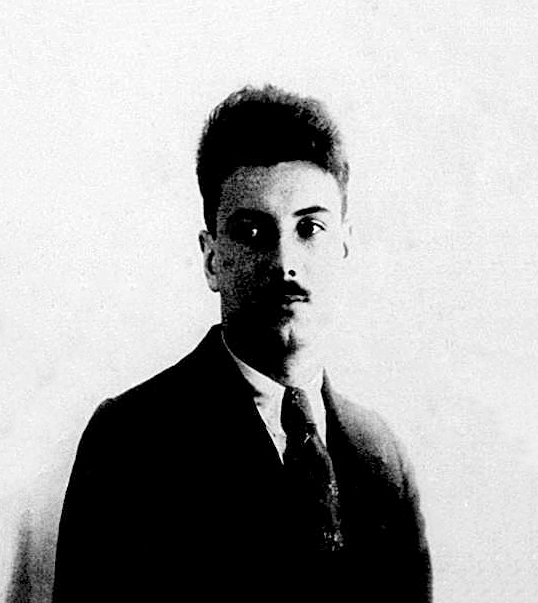Educational Media Ecology
Mumford and the machine

United States Department of State, Public domain, via Wikimedia Commons
Media Ecology
Strate and Lum (2000) describe media ecology through the lens of Lewis Mumford, who they identify as the field’s foundational scholar. Mumford’s study of civics, architecture, and technology were effused with a part sociological, part ecological perspective that rejected a purely deterministic view of technology and society, and instead positioned the relationship as one of inextricable connection that continuously forces humanity to adapt. The authors emphasize Mumford’s view that humanity adapts to technology, rather than evolves from it. Thus media ecology is a school of thought that explores the ways in which technology shapes humanity, treating human society’s developments as responses to a continuously shifting technological environment (Lum, 2000).
Strate and Lum (2000) note biologist Patrick Geddes as a key influence for the eco-influence of this field. Ecology studies the relationships between organisms and their environment. Media ecology thus studies the relationships and interplay between humans and technology. Though this sounds like a tighter scope, if anything Strate and Lum position it as far more expansive, with “technology” encompassing all forms of societal systems, communication methods, production, culture, and more. Mumford’s conception of the “mega-machine” is highlighted by the authors, where complex hierarchical communication and organizational structures such as those which produced the pyramids or steered militarys was conceived of as mechanical. Where ecologists may look at wolves adapting to an environment, media ecologists look at society adapting to new technologies.
Thus, Strate and Lum’s description of media ecology essentially asks: “How does technology, in all its forms, extend society?” and “how does society navigate these extensions, and the inherent biases these technologies impart?”.
Educational Media Ecology
An educational media ecology would inherently be more focused, exchanging the broad societal-level view of media ecology for one focused on education and its distinct “technics”. Though perhaps more focused, in education these technics would nevertheless represent an incredibly complex and multifaceted ecosystem. Education comprises many modes and forms, ranging from the ephemeral to the physical. As Mumford might put it, education offers “containers” foundational to much of humanity’s shared developmental experience (Strate & Lum, 2000). The physical school as a container is explored at length by de Castell (2014), from the sensory experiences it imparts to the very pedagogical approaches it affords. This extends equally to the digital space, where Learning Management Systems, blogs, forums and social networks represent a russian-doll of containers and associated affordances. This allows educational media ecology to ask “how does the learning environment shape the way we teach and learn?”.
The educational ecosystem itself embodies Mumford’s conception of the “mega-machine”, with complex bureaucratic apparatuses that filter curricula, policy, and decision-making from up high, down through countless organizational layers and communication vehicles to the base of individual learners. In this sense, learners represent Mumford’s mechanized group that built the pyramids. Here, educational media ecology asks “what are the aims of the education machine, and what impact does this mechanization have on learners?”. Mumford’s ecological ethics also has application in an educational media ecology, where it may ask the question “has the machine (i.e. technological expansion) usurped the natural state in education, and if so, how can it be made more human/learner centred?” (Strate and Lum, 2000).
References
de Castell, S., Droumeva, M., & Jenson, J. (2014). Building as interface: Sustainable educational ecologies. MedienPädagogik, 24. https://www.academia.edu/8301131/Building_as_Interface_Sustainable_Educational_Ecologies
Lum, C. M. K. (2000). Introduction: The intellectual roots of media ecology. New Jersey Journal of Communication, 8(1), 1-7. https://doi.org/10.1080/15456870009367375
Strate, L., & Lum, C. M. K. (2000). Lewis Mumford and the ecology of technics. New Jersey Journal of Communication, 8(1), 56-78. https://doi.org/10.1080/15456870009367379
AI Statement
This work is original and my own. Anthropic’s Claude was used for basic exploration of some concepts such as determinism and semiotics. A full transcript can be found here.